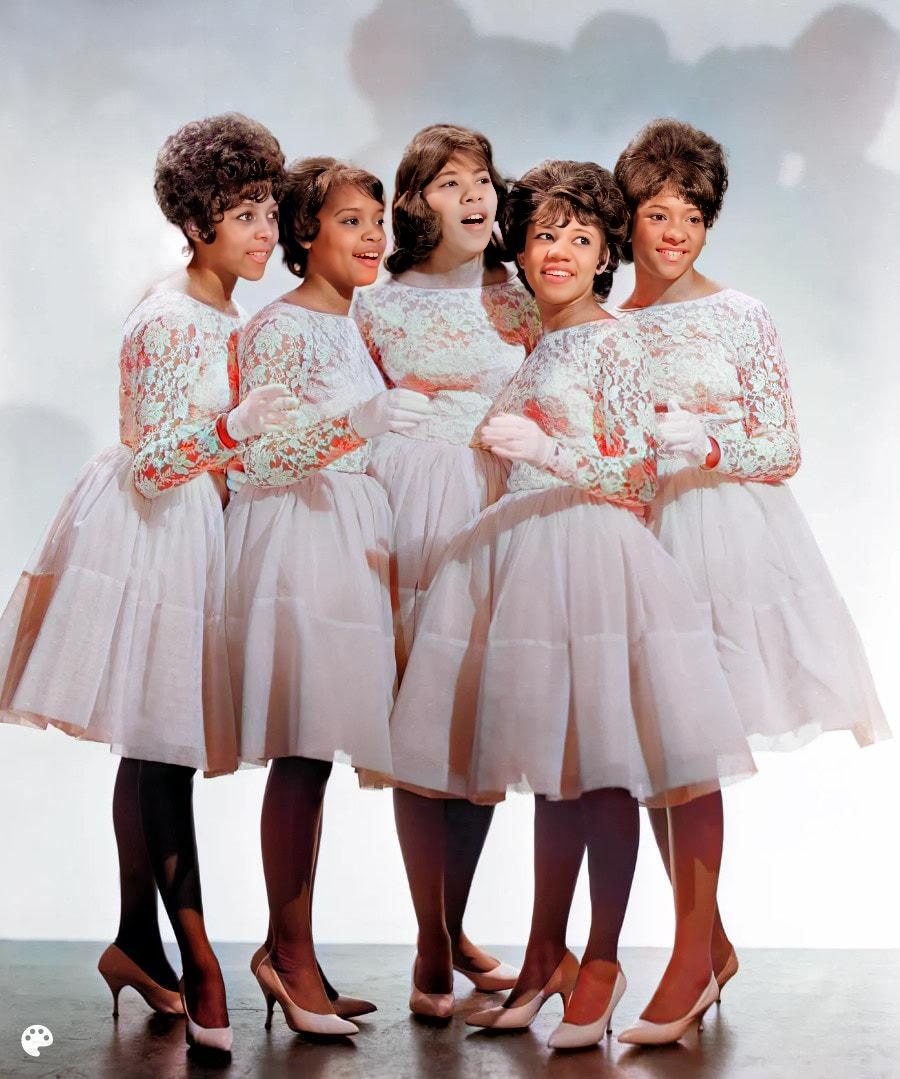
“Uptown,” released in 1962 by The Crystals, is a vibrant and socially conscious pop gem that transcends the typical girl-group sound of its era. The Crystals, a New York-based group primarily featuring Dolores “La La” Brooks, Barbara Alston, Mary Thomas, Patricia Wright, and Myrna Giraud, were one of Phil Spector’s signature acts, known for their powerful vocals and the iconic “Wall of Sound” production style. While “Uptown” didn’t reach the very top of the Billboard Hot 100, peaking at number 13, it proved a significant hit and remains a defining song of their career.
The song, written by Barry Mann and Cynthia Weil, goes beyond the usual romantic themes prevalent in early ’60s pop. “Uptown” paints a vivid picture of a man who struggles with the indignities of his low-paying job and the harsh realities of his working-class life downtown. However, when he returns to his neighborhood “uptown,” he finds solace, dignity, and respect. The song beautifully captures the contrast between his two worlds, highlighting themes of social inequality and the importance of community. It touches on the emotional toll of economic hardship, while celebrating the resilience and strength found in love and belonging.
The reception to “Uptown” was largely positive, with critics praising its sophisticated lyrical content and the soulful delivery of The Crystals. It resonated with audiences who identified with the song’s message of finding pride and identity amidst challenging circumstances. The song’s groundbreaking subject matter, tackling class disparities in a pop context, was relatively unusual for the time. While not explicitly a protest song, “Uptown” subtly addressed social issues, paving the way for future artists to explore similar themes in popular music. It became a symbol for a lot.